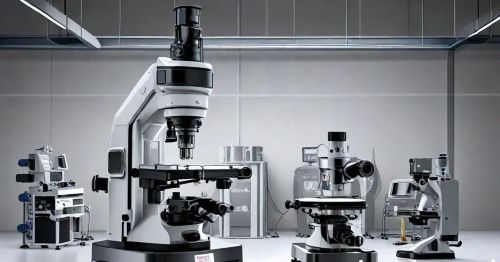
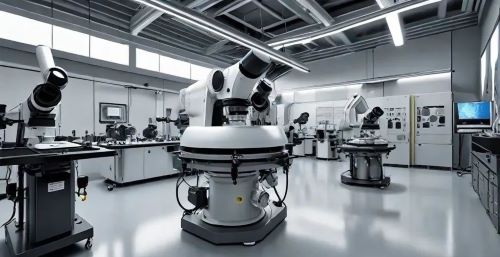
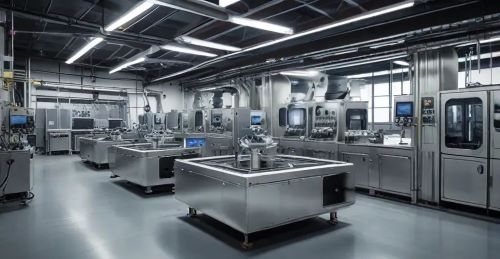
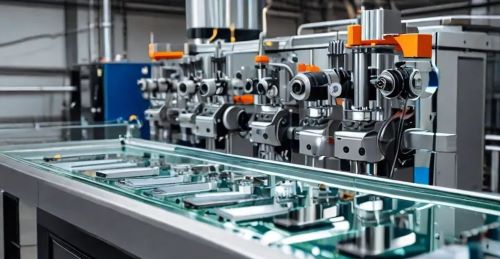
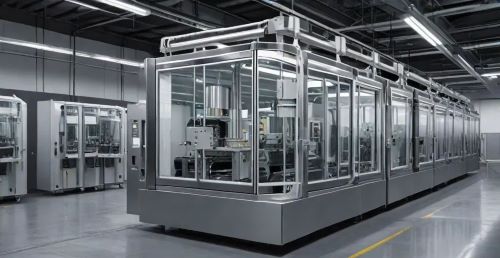
Optical Glass Processing Equipment
Optical glass processing equipment is crucial for shaping, grinding, and polishing optical glass used in various high-precision applications. This equipment ensures the meticulous fabrication of lenses and optical components, which are essential for achieving superior performance in advanced technologies.
Types of Optical Glass Processing Equipment
- Glass Grinding Machines
- Description:Used to grind optical glass into specific shapes and sizes. These machines are fundamental in producing lenses and prisms with precise geometries.
- Usage:Essential for creating high-quality optical components by accurately shaping optical glass.
- Benefits:Allows for accurate shaping, crucial for the production of high-precision optical elements.
- Polishing Machines
- Description:Employed to polish optical glass surfaces to achieve a smooth, scratch-free finish. This step is crucial for ensuring clarity and reducing optical distortions.
- Usage:Improves the optical quality of glass by eliminating surface imperfections.
- Benefits:Enhances optical performance by providing a flawless finish to optical components.
- Coating Systems
- Description:Used to apply thin layers of coatings to optical glass to enhance its performance, such as anti-reflective coatings or protective layers.
- Usage:Enhances optical performance and durability of glass components through protective coatings.
- Benefits:Improves performance and longevity of optical components by adding protective layers.
- Testing and Inspection Equipment
- Description:Utilized to inspect the quality and precision of optical glass after processing. Includes interferometers and other optical testing devices.
- Usage:Ensures that processed optical glass meets required standards and specifications.
- Benefits:Guarantees that optical glass meets quality and precision requirements.
- CNC Systems
- Description:CNC machines automate the precise shaping of optical glass into complex forms using programmed instructions.
- Usage:Essential for producing intricate optical components with consistent precision.
- Benefits:Increases efficiency, ensures high accuracy, and allows for complex designs.
Applications
- Space Exploration
- Telescopes and Satellites:Optical glass processing equipment is crucial for producing components used in space telescopes and satellite imaging systems. High-quality grinding and polishing ensure minimal distortion in astronomical observations.
- Spacecraft Instruments:Coating systems are used to apply protective coatings to optical components in spacecraft, enhancing their durability and performance in harsh space environments.
- Scientific Research
- Laboratory Instruments:Used to produce optical components for microscopes, spectrometers, and other research instruments. Precision processing ensures accurate and reliable scientific measurements.
- Medical Devices:Optical glass processing equipment is employed to manufacture lenses and optical elements for medical imaging devices and diagnostic instruments.
- Consumer Electronics
- Cameras and Projectors:Optical glass processing equipment helps produce high-quality lenses for cameras, projectors, and other consumer electronics, enhancing image clarity and performance.
Benefits
- Precision Manufacturing:Ensures that optical components meet exact specifications, critical for high-performance applications in various fields.
- Enhanced Performance:Properly processed optical glass provides superior optical quality, improving the functionality of devices and systems.
- Durability:Coating systems and polishing improve the lifespan and robustness of optical components.
In summary, optical glass processing equipment plays a vital role in the production of high-precision optical components used in space, scientific, and consumer applications.